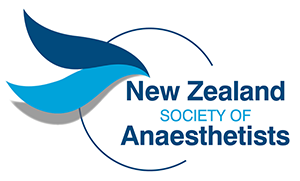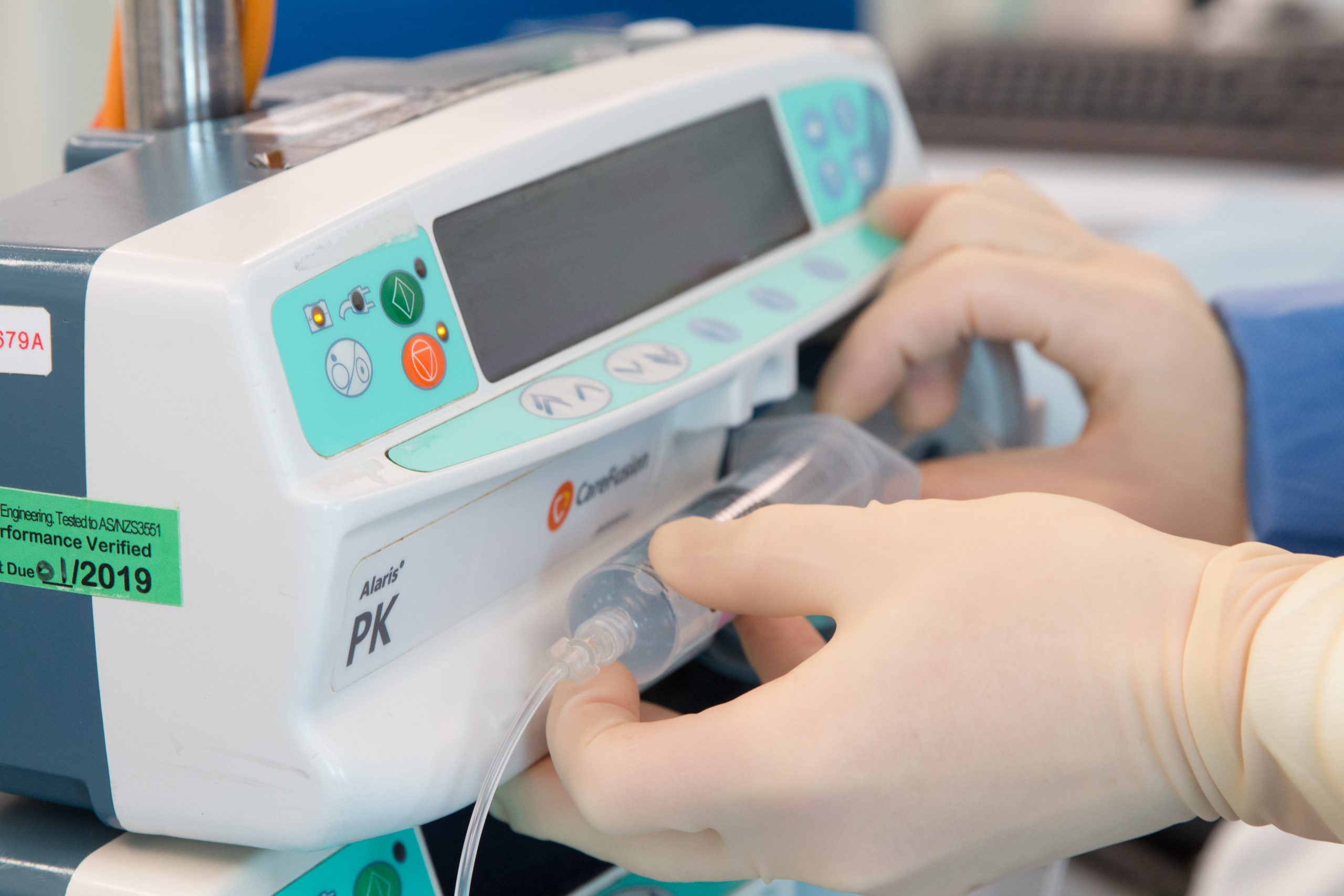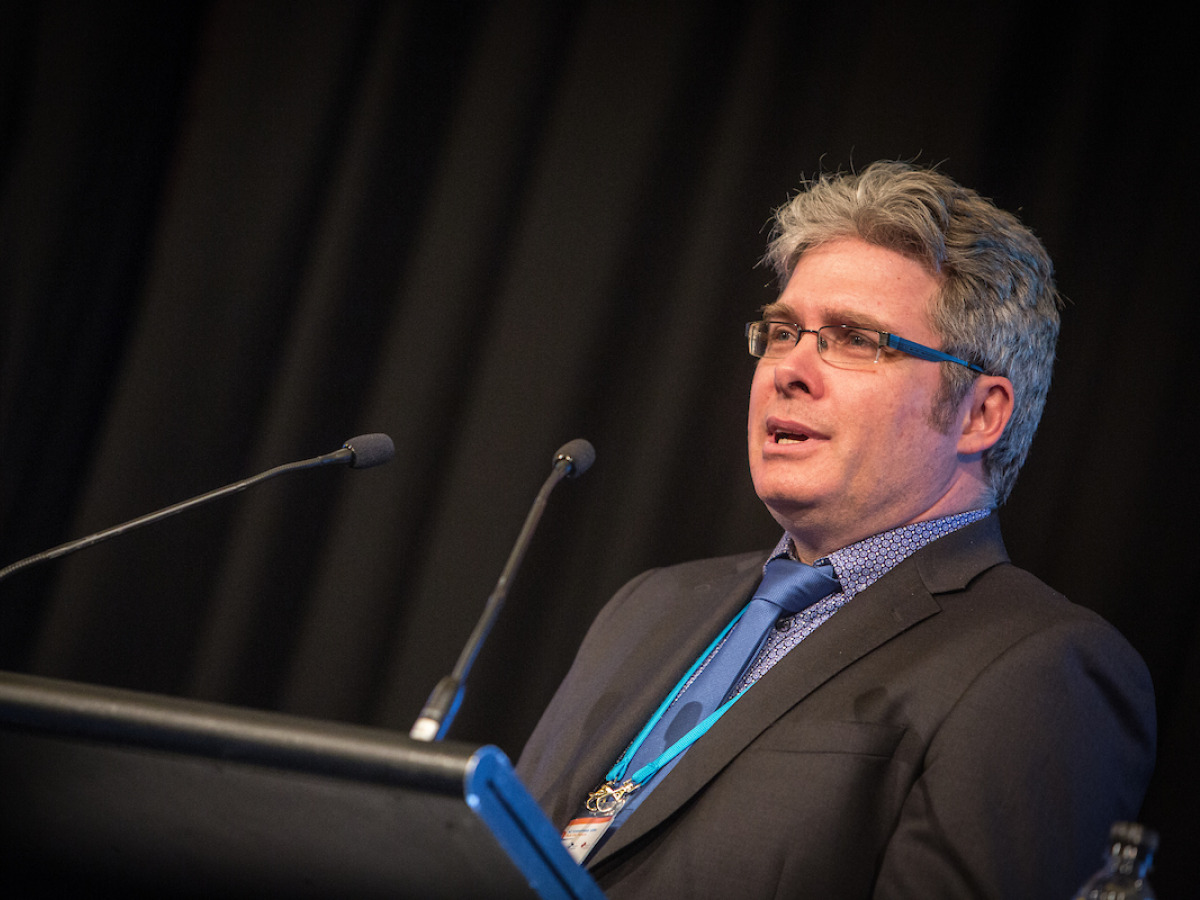Established post the Counties Manukau hosted ASM in 2018. Main aim of the network is similar to the other NZSA networks – “The networks provide New Zealand solutions to New Zealand problems.”
There are some NZ specific issues in dealing with inpatient pain problems – a low resource health environment with limited access to pain psychology, psychiatry and drug rehabilitation/CADs services, poor/delayed access to novel pharmaceuticals, an increasingly complex patient population, production pressure from theatre managers to reduce IPS staffing and an insular DHB health system reducing formal collaboration.
On top of the routine post-operative rounding, the inpatient side of pain management includes:
- Peri-operative medical outreach to complex patients after operations,
- The management of vulnerable frequently admitted patients with pain problems,
- Hospital based opioid stewardship and the oversight of pain therapies in the transition from hospital to community
- Management of acute severe pain problems like CRPS, phantom limb pain, acute neuropathic pain in the initial inpatient phase.
- Procedural sedation for painful interventions such as burns dressings.
To date the network has:
- Provided a forum to sort out problems with advanced pain management e.g., sourcing materials for intrathecal catheters
- Run a national network meetings involving pain practitioners from medical, nursing and pharmacy backgrounds
- Lobbied PHARMAC (unsuccessfully) for the general funding of buprenorphine transdermal patches
- Started to build a framework to support isolated pain practitioner working at smaller DHB sites
One of the speakers at the 2019 network meeting gave the group a better insight into the PHARMAC requirements for funding new medicines. The group had made the initial application for buprenorphine patches on a harm minimisation basis. Dr Barnard pointed out that cost utility is the main driver for PHARMAC. It is the group’s hope that we can reposition buprenorphine and potentially tapentadol into a new class of atypical analgesics and have their unique pharmacological properties considered without the stain of conventional full opioid agonist clouding the decision making.


